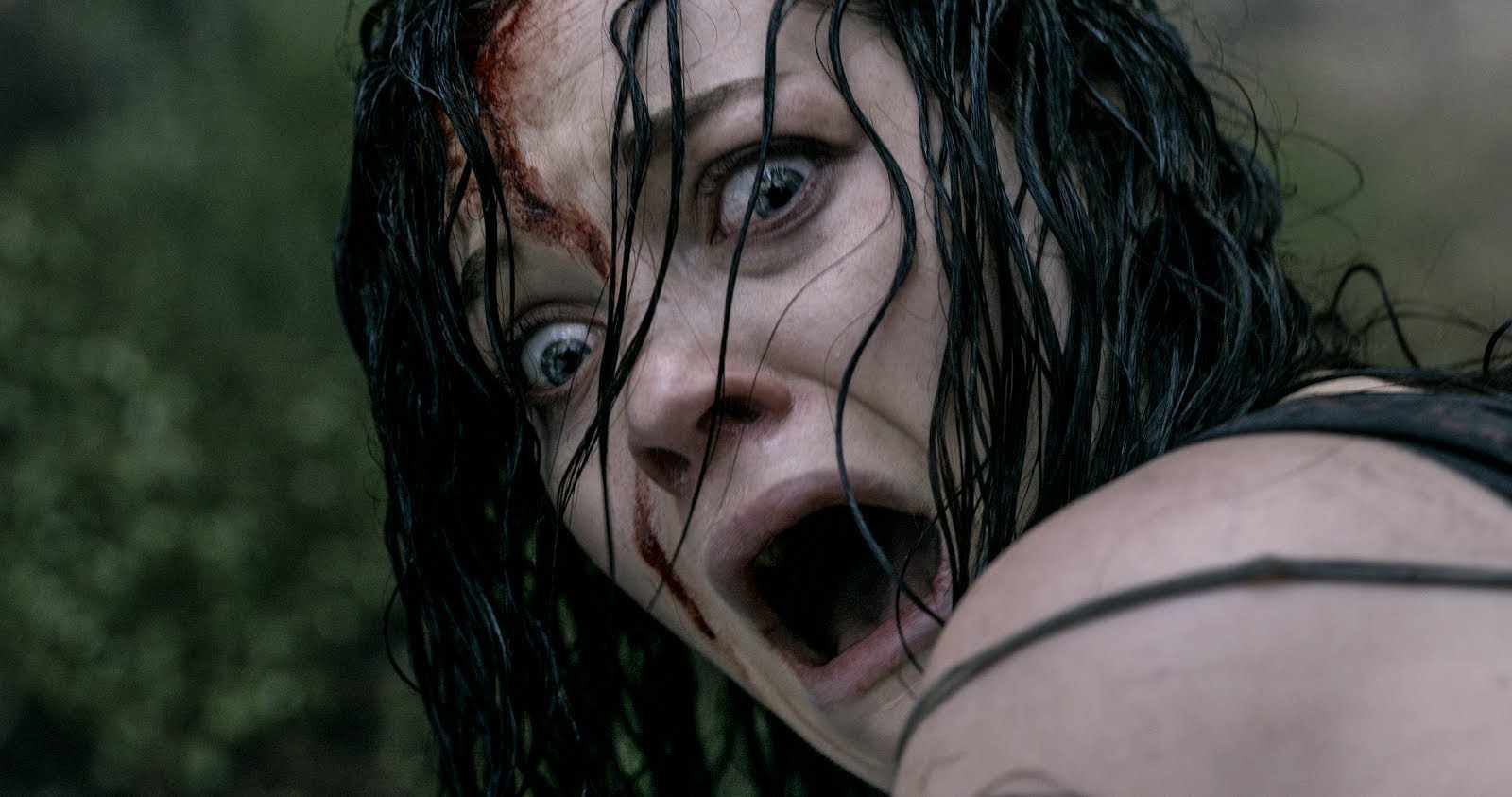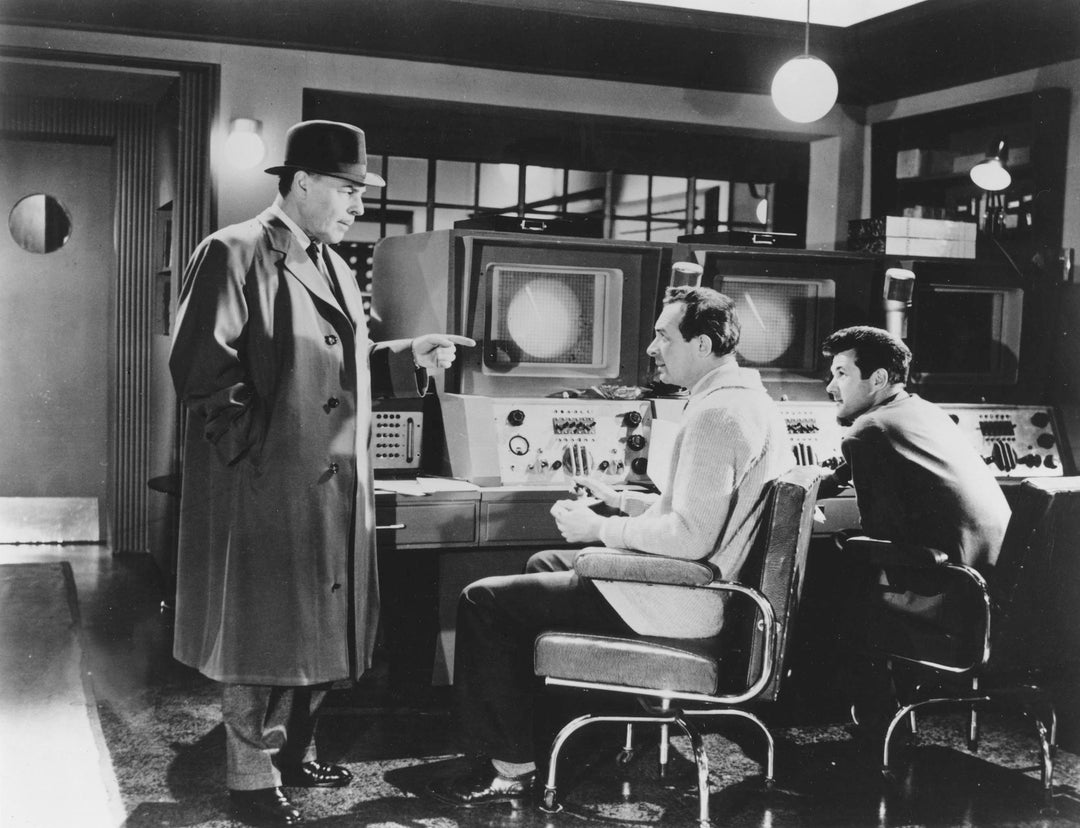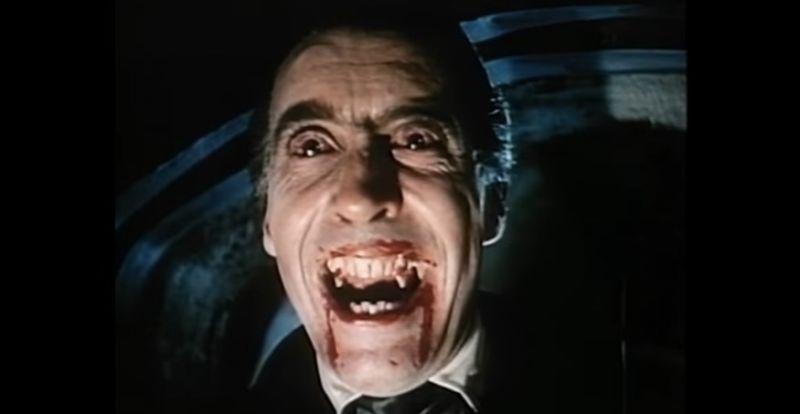Receptive Cinema combine the science of suspense with filmmaking techniques to increase and optimise suspense, viewer engagement and story comprehension. The company applies this process to story development, script, storyboard, film production and post production. © Cult Fiction
The digital revolution of the 21st century has changed people's viewing experience. No longer are we seeing feature films confined just to cinemas or TV screens. People are consuming video content on smaller screens, and on these devices they’ve got e-mail, messages and apps. As a result, the narrative flow people would normally see in a film is being broken up, and this disruption is distracting people from what the story is about. Stories need to be more engaging, and suspense is a key engagement process - something that’s true across all genres, though more pronounced in horror.
The average camera shot has also become shorter in its duration thanks to technological changes. In the 1940s it was nine seconds, by 1999 it was three seconds and it’s probably even less than that now. This can also divert attention and lead to poor story comprehension when the viewer is exposed to a high frequency of short camera shots during an action scene. All these competing influences from digital technology are really impacting how we might experience suspense, so having a better understanding of what the viewer goes through is essential. If we can understand this, we can engage them more deeply in the story world.
© Receptive Cinema Science in filmmaking
Although major film studios have taken advantage of measuring brain activity to gain reliable, real-time understanding of the moviegoer experience, neuroscientists create a generic measure of emotional engagement and don’t have the storytelling skills to improve viewer engagement and story comprehension in films. This retrospective process also increases film production costs and time-to market. With suspense being a core viewer engagement mechanism by creating a valid definition of viewer experience of suspense we could improve viewer engagement and story comprehension.
When considering the strongest form of suspense in horror films taps into our primal fears we can gain an in-depth insight into the viewer’s experience of suspense based on their anxiety response to fear stimuli. In my work as a Suspense and Viewer Engagement Consultant at Receptive Cinema and also a researcher at The University of Nottingham, I recently designed a study to analyse the viewer experience of suspense by measuring electrical changes in the skin, which activates emotional sweating. The aim of the study was to define a psychophysiological model of cinematic suspense and offer the media industry an evidence based framework for the construction of suspense for thriller and horror feature films and TV series.
This involved recruiting a group of participants to investigate their physiological and psychological responses to fear stimuli in horror films. The participants were shown 32 short film clips from eight horror films
(Grave Encounters 2, Pitch Black, The Descent, Silent House, The Strangers, Sinister, Quarantine and Cloverfield) . Their experience of suspense was assessed by recording electrodermal activity (EDA) which detects emotional sweating from the eccrine glands. These glands react when we experience anxiety, fear or stress – making our palms sweat.
© Receptive Cinema What is the strongest form of suspense in horror films?
With suspense being a core method of viewer engagement and enjoyment it’s essential that we understand how we can meet the desired viewing experience through different types of story experiences. One way to do this is to measure specific story structures that elicit suspense and our reaction to what we see and hear. We were also able to identify viewers’ coping strategies such as closing eyes or looking away from the screen. The study showed that distinctive psychophysiological patterns of anxiety with different levels of intensity are experienced when watching four types of suspense:
Direct: We see the film in the first person – as if we are the character in the film.
Shared: When we empathise with fictional character’s situation.
Vicarious: The viewer knows a fictional character’s life is threatened but they are not aware of the danger.
Composite: Direct, shared and vicarious suspense working alongside each other.
© Hammer Films
The participants in this study were more likely to experience a strong form of suspense when the fictional character wasn’t aware of what was about to happen. Vicarious suspense also elicited an intense level of anxiety even when participants had seen the film before. These findings provide evidence to support Alfred Hitchcock’s assumption that vicarious suspense is a consistent method to generate a strong form of anxiety. But cinematic techniques such as cinematography, editing, sound and set design were found to also play a part in the viewer experience to intensify suspense.
Receptive Cinema is a film consultancy who specialise in the construction of suspense and viewer engagement for thriller and horror films. I am now integrated the findings from his research study into filmmaking, creating a fusion between the science of suspense and filmmaking techniques, and are working with film makers to create a more consistent and intense form of suspense. “Our filmmaking techniques reinvent key elements of film production to maximise the intensity of suspense during specific film sequences for thriller/horror feature films and TV series while at the same time improving story comprehension and viewer engagement”.
More information is available from Keith Bound at Receptive Cinema:
keithbound@receptivecinema.com
www.receptivecinema.com
© Receptive Cinema








